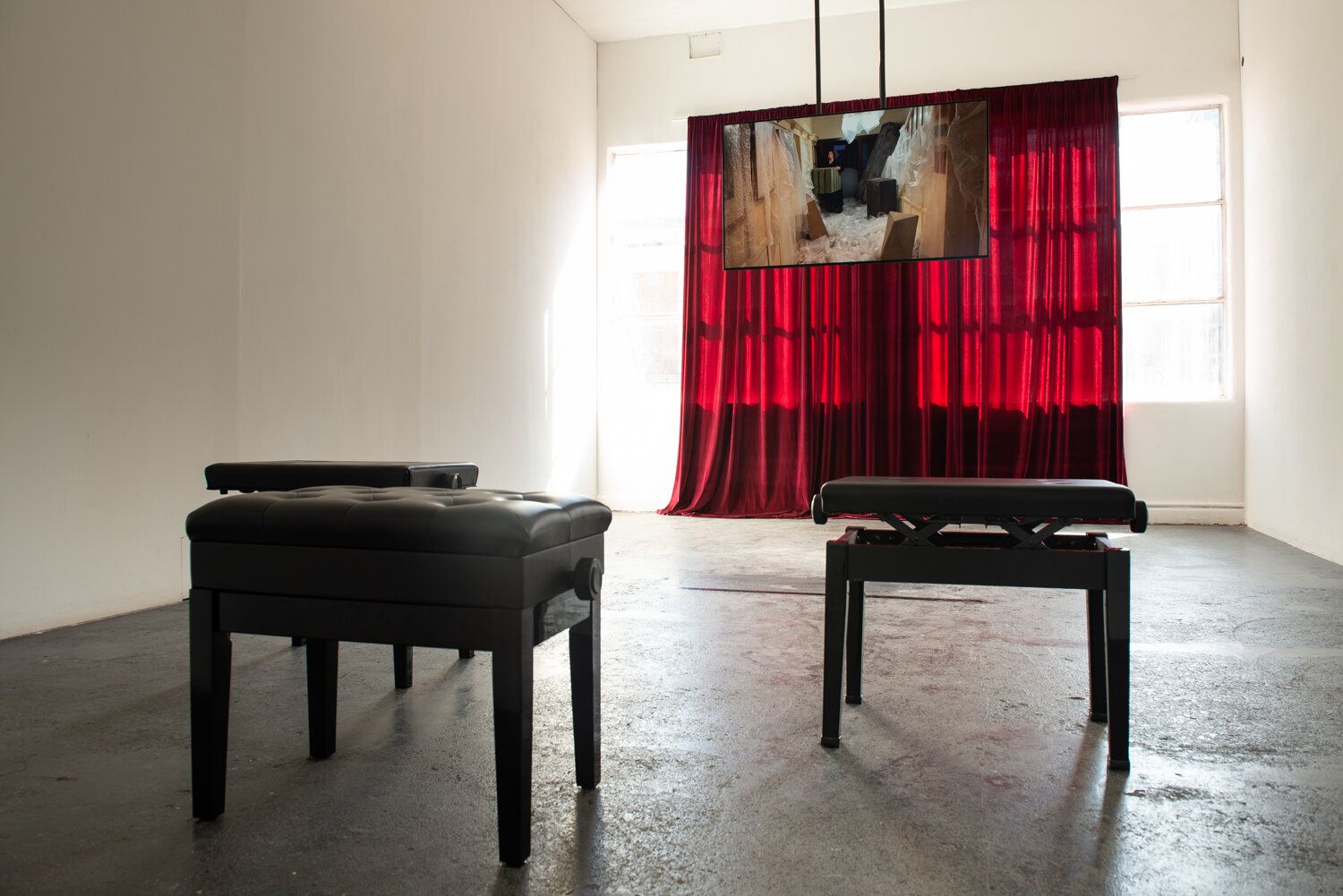

Debut XVII : Made to Keep the Memory Alive
Ponch Hawkes, Nina Sanadze, Kurt Medenbach, Levi Franco
4–20 Feb 2021
The works presented in Debut XVII: Made to Keep the Memory Alive explore notions of the monument, staging, performance, darkness and play. Blurring the boundaries between what is real and what is imaginary, the artists examine the precarity and absurdity of personal experience.
Blindside’s annual Debut exhibition presents exciting and rigorous work by recent graduates from Melbourne’s leading art institutions. This year Blindside is proud to present work by Kurt Medenbach, Nina Sanadze, Ponch Hawkes and Levi Franco.
~
One thing that the past year has brought to light is that nothing is certain or fixed. Our daily life is balanced between acts of theatricality and reality. We are all moving through different modes of performance and the slippages between what is real and what is imaginary are unending and porous. These theatrics occur on a variety of stages. Some of these stages are for public view (for presentation) and some for private reflection (or repression). There are grand stages, made of many hours of scaffolding and professional lighting. These are stages where un-even leaders present statements and declarations and incisions for the world to see and feel and be un-done by. These are stages where scripts are recited with prior knowledge of voice projection – so that those at the back of the theatre will hear every word. There are also small stages, tiny stages, cobbled together, hand-built stages. These stages are usually made of nothing much at all – set on a sparse floor or in a messy corner. These stages are often in small bedrooms, where one person thinks up a game to push them through another day of lockdown. There is usually no active audience present. The anxious performers on these stages are just as valid as the protagonists on the grand ones. Their voices may not be heard, but their performative output will still add to the archive of scripts that are making up our current time. The entirety of this archive will not be visible to everyone, but every bit of it will have an effect on the feelings that permeate and move in and out of our collective unconsciousness. We are all in one play, with many parts. Through artistic declaration and celebration, we can attempt to define moments within it all. We can draw specs of reality from moments of absurdity in an effort to move towards some form of meaning. The works presented in Debut XVII: Made to Keep the Memory Alive have been created by four artists, finishing graduate degrees during repeated Victorian lockdowns. The changes to lifestyle that have impacted the artists, as a result of Covid19 restrictions, have altered the way their work has been made. They have had to fashion their own unique stages to construct and present work upon. One thing is for certain, these stages have staying power and the voices that arise from them are singing out with purpose and precision.
Act 1.
In the centre of Gallery One is Kurt Medenbach’s Promethea. A large, framed digitally-constructed print hangs from the ceiling. Two leather straps, with metal loops attached, fall down from its structure, hanging towards the ground. Below the frame, sits a pile of fresh manure, drying out over the exhibition period. The image in the frame depicts an encircling of naked bodies, encased in digital matter: a serpentine-like form, paint marks, and a smiley face. Medenbach’s work is wrapped up in intrigue, digital theatre, and a deconstructing of linear time. The role of portrait has been shaken up, christened anew. We cannot be sure of who we are seeing in the image. We cannot be sure of what we are looking at. The name Promethea harkens back to Ancient Greek myths. This sense of theatre is exaggerated by the serpentine form that enwraps the bodies. There is a darkness here. This darkness is echoed by the lack of object hanging from the ends of the leather straps — something is missing; something is out of view. The work firmly straddles the architectural space. It is very contained in its fastidious presentation, yet we are aware that we - and it - remain in modes of becoming and unravelling and building and falling apart. Future scripts have not been finalized and nothing has been fixed. The image has been queered and a sense of logo-ing has ensued. A logo is defined as a graphic representation or symbol of a company name, trademark, abbreviation, etc., often uniquely designed for ready recognition. What is it that Medenbach is trying to recognize? What is it that Medenbach is trying to define? Do we need to brand ourself in order to have a moment of static purpose and definition? As humans, we seem to be in a constant state of searching for self-classification, in an effort to recognize ourselves. In what feels like a metaphor for this cycle of inner-uncertainty, curiosity, and lack of conclusion, Medenbach simply presents an image of obscurity above a pile of shit.
Act 2.
Medenbach’s work subtly references horses – an association that situates the work in relation to the VCA stables – the Fine Art studio spaces that were in disuse for much of last year and that formerly housed horses for the Victorian Police. In an effort to examine the indefinability of our humanness, an action already engaged by Medenbach, Ponch Hawkes also turns to animals. Hawkes presents small concertina artist books on two simple shelves. The books present a series of images that cross geographical divides, considering the imagery that connects to ideas of being Australian, the colonial experience, cross-cultural exchange, and the greater environmental impacts that we, as a human species, are collectively responsible for. We see a series of camels and artist Peter Drew holding up his iconic “Aussie” poster, donkeys and a map of Bethlehem, historic scenes where beasts meet humans, an image of birds held in flight, depictions of koalas as friendly emblem, and manicured poodles, accompanied by a list of “famous poodle owners” and a recipe for “Stir-Fried Dog With Coconut Milk”. Is Hawkes looking to the animals for answers? Or is this absurd collection of images just a way to further extend the joke? To make things less decipherable and remind us that we don’t know much at all. It makes sense to look outside of the complexity of the human, to it’s closest form – the animal – in an effort to find some resolution. Yet, a problem arises – animals are complex too. Hawkes has created a new play with two sets of characters – animals and humans, us and them. The artist remarks, “animals and humans have been dancing in my dreaming, awake and asleep for some time now.” There is a slyness to the work that disrupts this sense of dreaming and challenges the viewer. There is a culturally prevalent assumption that, as humans, we are the top species. At this height we are responsible for the sustainability of our world. We are failing and climate change is taking a rampant toll. The animals in Hawkes’ work suggest that they could do it better. Has Hawkes replaced us with animals because we are collectively not meeting the mark? In a recent email exchange with the artist, Hawkes commented that she read “an article about bears and hibernation and how scientists engaging in space exploration saw promise in unlocking the mystery of this animal that could sleep for six months and not eat or defecate and still maintain its bone density and muscle mass. Humans so far can’t make it (and therefore colonize) outerspace, because we become obese, lose muscle mass and our bones go porous. We just don’t have what bears have, we can’t be bears.” The work questions what we are missing. Are animals the potential link to our collective salvation?
Act 3.
In Nina Sanadze’s film Terminus nothing is quite as it seems, yet somehow the absurd makes sense. Time becomes a malleable form. The camera moves and the subjects are mostly still. A series of tableaux vivants ensue through the vehicle of Sanadze’s eyes and hands. Is this a metaphor for the unprecedented plasticity of time during lockdown? Is Sanadze restructuring the narrative of family time, when schedules were thrown adrift as work, home, school and rest all had to condense into the same space, into the same time? Sanadze’s family members have been cast as subjects in the film, suggesting that these temporal lines and spaces were blurred throughout this period. A strange reality is presented – cantilevered between dystopic and utopic possibilities. Nothing is quite as it seems, yet everything appears to have its place. Shelves are filled with potatoes. The dining table is covered in raw cuts of meat. An armless pianist sits at a disused piano. Concrete bollards lay on the bed. A cabbage holds place on the bedside table. The bannister is strewn with bubble wrap. Quinces are left to rot. A man sits, stationary in the midst of peeling a potato, in-front of bookshelves holding psychoanalytic texts. In an interesting parallel to the activation through the animal, employed by Medenbach and Hawkes, the subject that has the most sense of movement in Sanadze’s film is the family cat. We are reminded that nature will never be within our control. A table tennis table is covered in balls and eggs. They lie still, yet the repetitive sound of ball hitting table echoes out. Constructed scenes reference Flemish still-lives, even though they are housed in a domestic Australian sphere. The boundaries between geographical and temporal spaces continue to blur. Classical music cascades out into the space. Dispersed throughout the debris of this domestic world are fragments of sculptures by the late soviet sculptor Valentin Topuridze (1907-1980) – perhaps a subtle reference to the monuments that have been torn down around the world over the past several months – fervent action in response to the Black Lives Matter movement. There is a feeling that there may be a similar danger within this domestic sphere that exists within the global upholding of colonial monuments, and the same subsequent urgency for erasure or renewal that they call for. The work questions what stillness does to a person and where danger may lie.
Act 4.
Echoing this sense of unease, Levi Franco plays into the rhetoric of freedom that pervades Australian gambling culture. Franco’s quiet works, hung above the doorways of Blindside’s gallery spaces and on the walls (slightly off kilter) act as sly warnings for the viewer. Echoing the precipice between dystopic and utopic possibility that Sanadze brings to the fore, Franco’s works hold cultural “dreams” in sight, gesturing towards their possibility, while keeping them ever-out of grasp. Franco reminds us that “it’s playing the game that counts”. An eerie sense of possibility is rife, but there is a danger that lingers due to the inappropriate use of imagery in the works. Rainbows – an emblem of hope – are connected to the underbelly of gambling culture, a phenomenon that erodes social fabric and damages community. A man and a dog embrace – an image that has no actual relation to the process of gambling. A woman stands before a setting sun, arms out-stretched in a position of freedom – a suggestion that power and possibility exists on the horizon. The works function simultaneously as entry are exit signs, playing with the emotional stability of those that traverse the gallery space, beckoning them back for more. They are declarations that promise, but will not fulfil. They are exit signs that hold the viewer still. We are reminded that possibility is in our reach, but to be considered for the prize, we have to play. The onus is on us. We are seduced to engage with theatres of addiction and empty-promise. Within the fantasy of the Australian dream, where happiness follows financial freedom, we are reminded that “life could be a dream.” Could being the operative word.
2020 – the graduating year for Medenbach, Hawkes, Sanadze and Franco – has been a myriad soup of big events that would have seemed unfathomable to our prior selves, climaxes with crescendos, rampant plot-twists, and repetitive banal meanderings. Through sly humour, danger, absurdity and play, the artists of Debut XVII: Made to Keep the Memory Alive suggest possibilities for the future, while holding dear a knowledge of the dangers of the past and present. They have built un-wavering stages of their own, reminding us that it is not yet time to exit the theatre.
Josephine Mead, 2021.

Artist Talk: Ponch Hawkes
Stuff I wish someone had told me...
Join artist Ponch Hawkes as she discusses her artistic life, sharing stuff she wishes someone had told her:
- that luck is a bonus but hard work is essential
- that everything comes around again
- that the art world is small
- that confidence and trust are career-long explorations
- that you can't do it all on your own


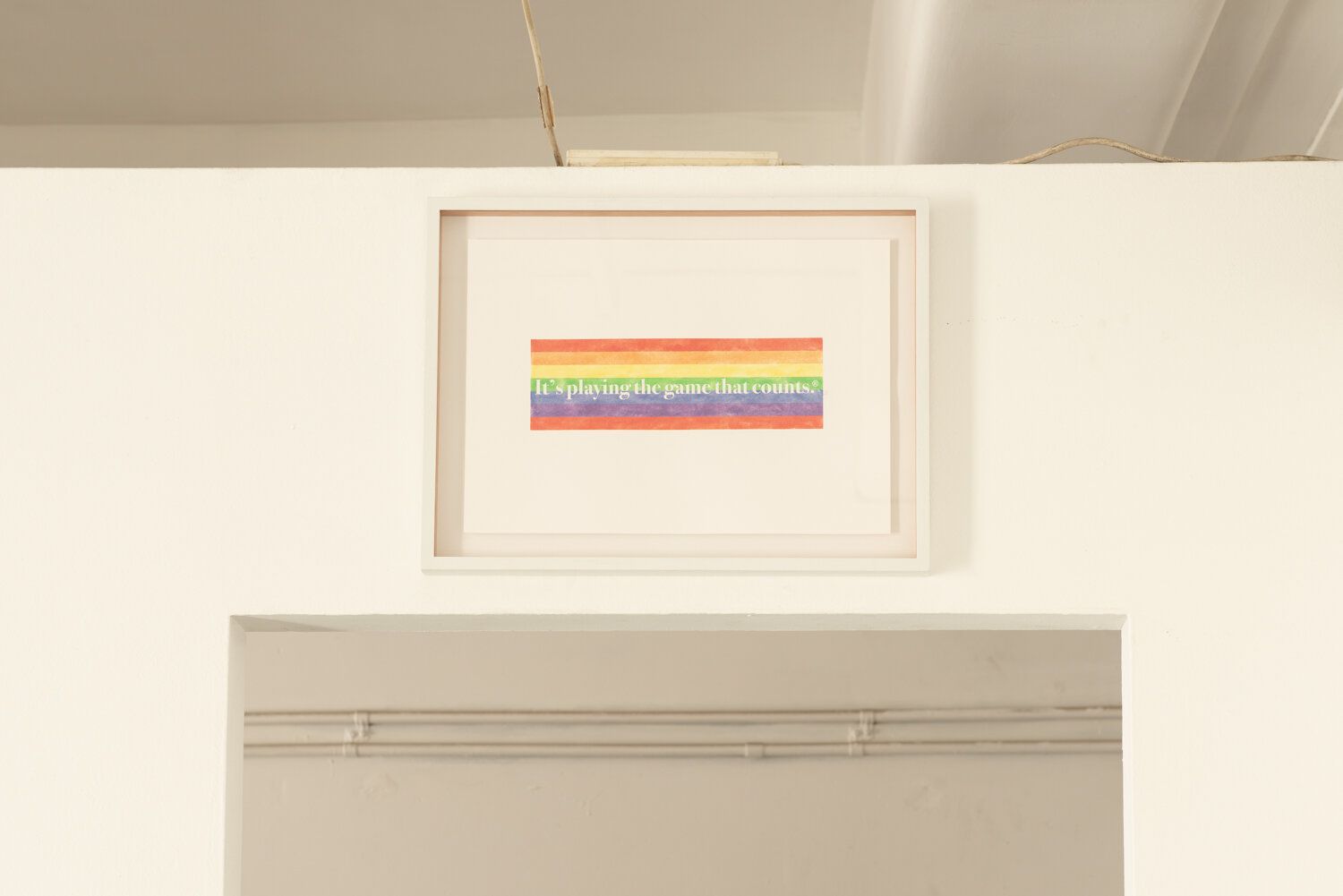

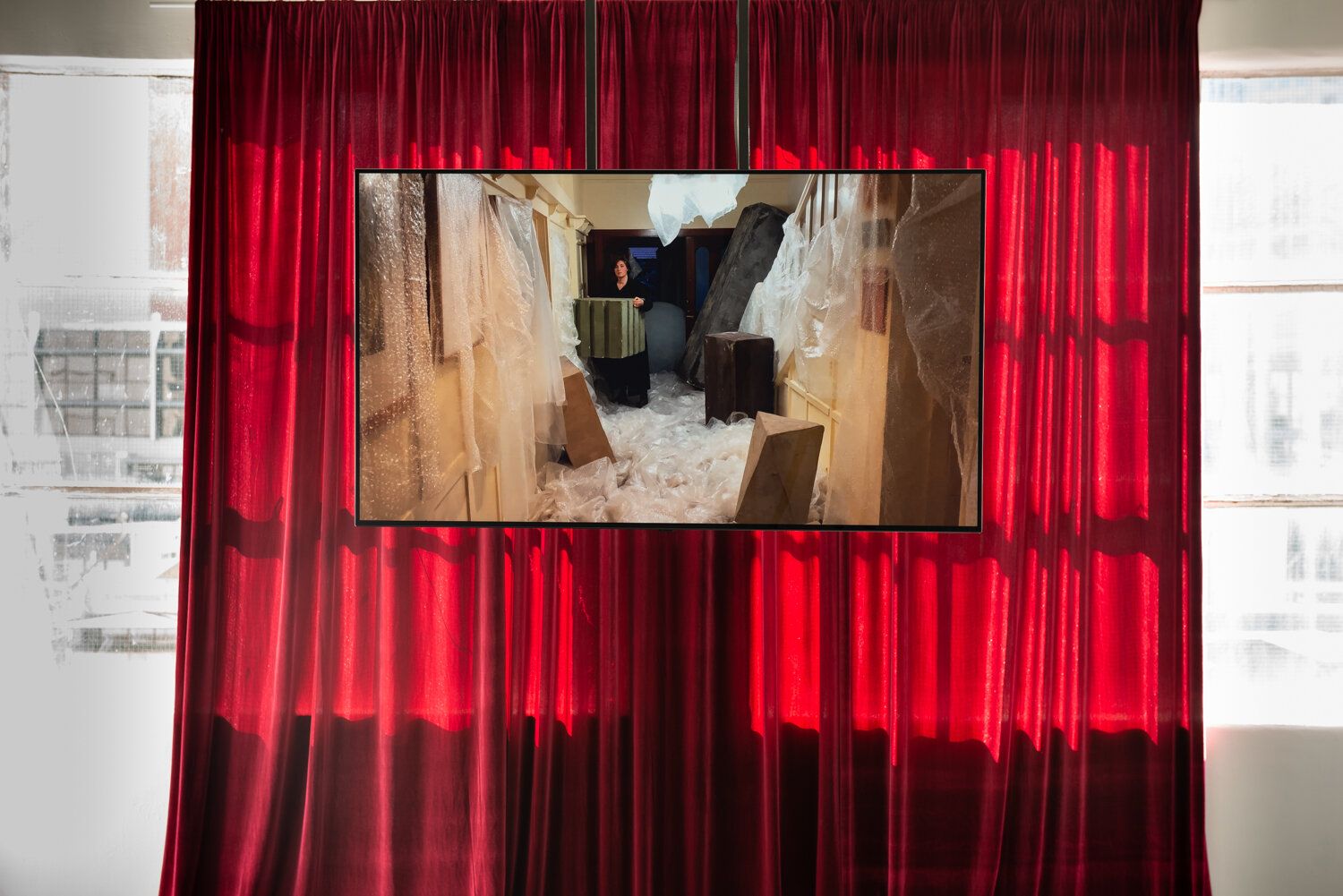





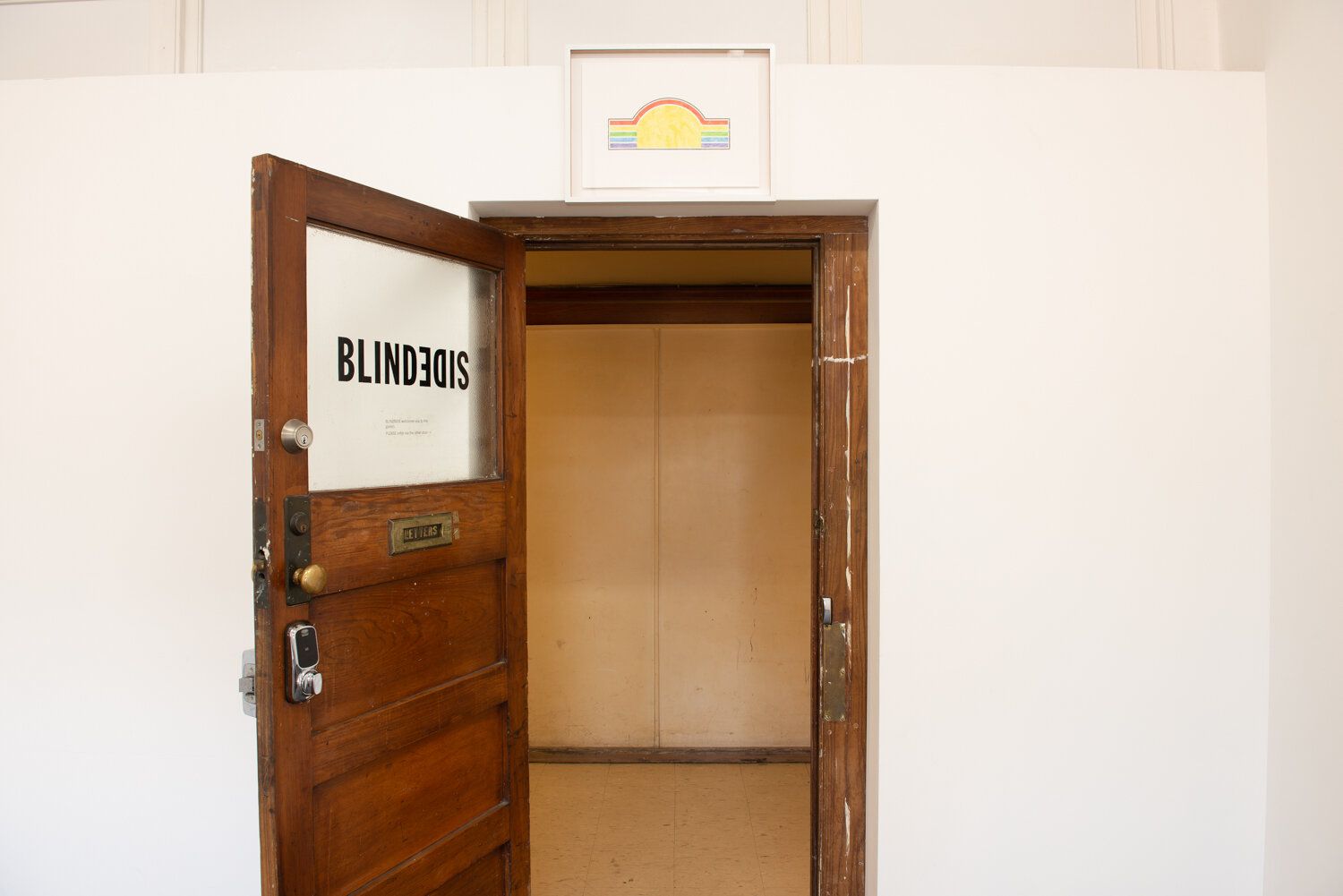



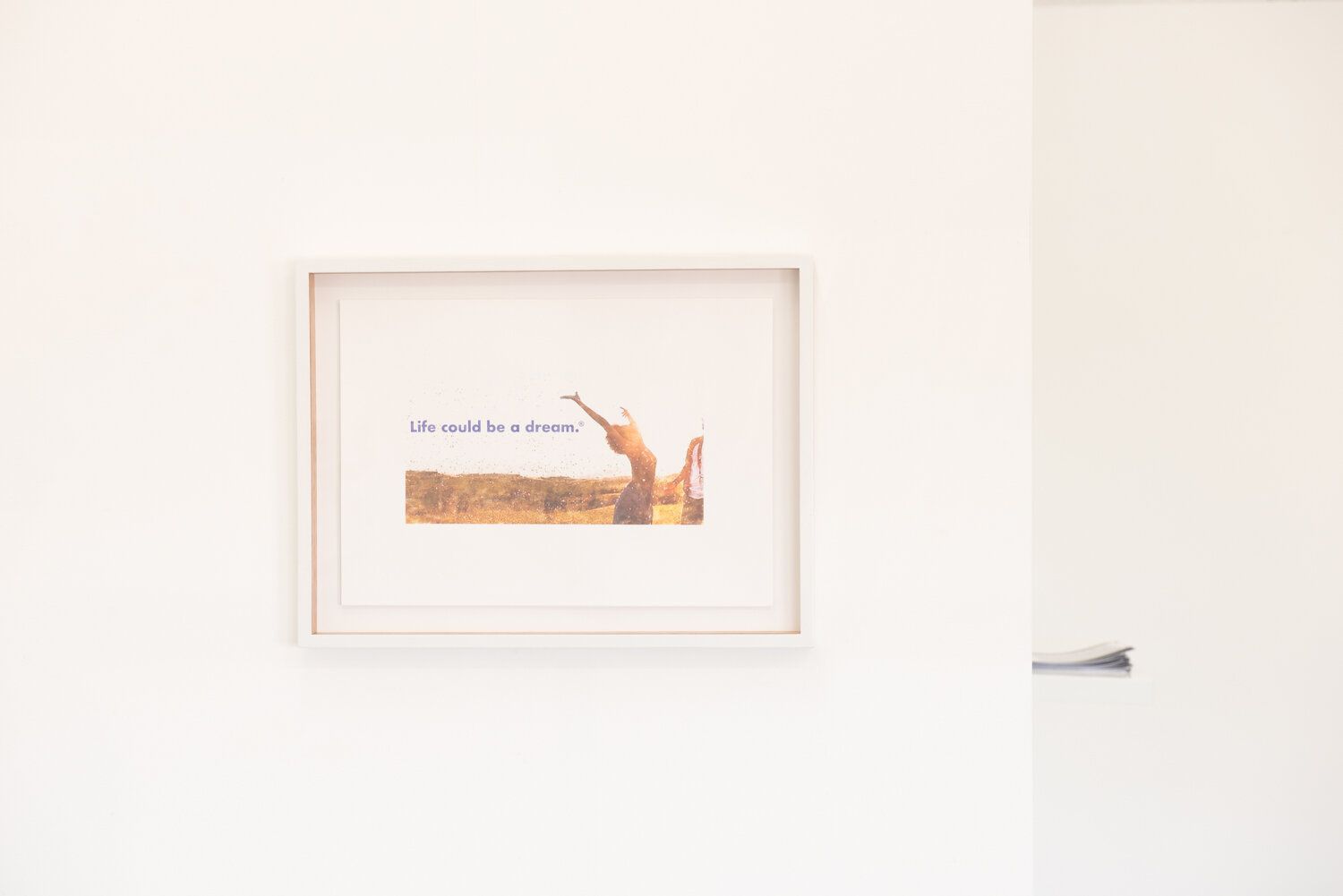

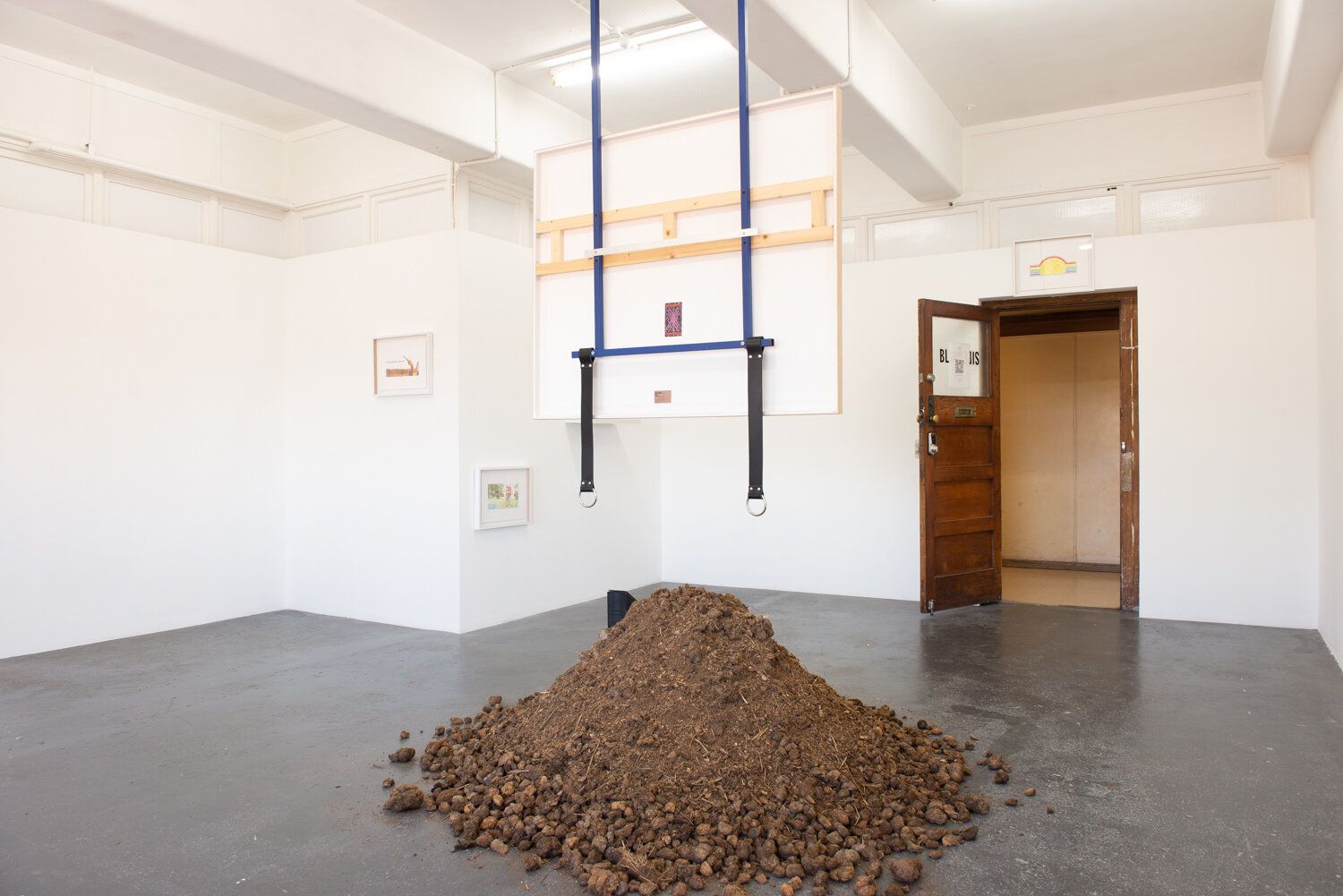

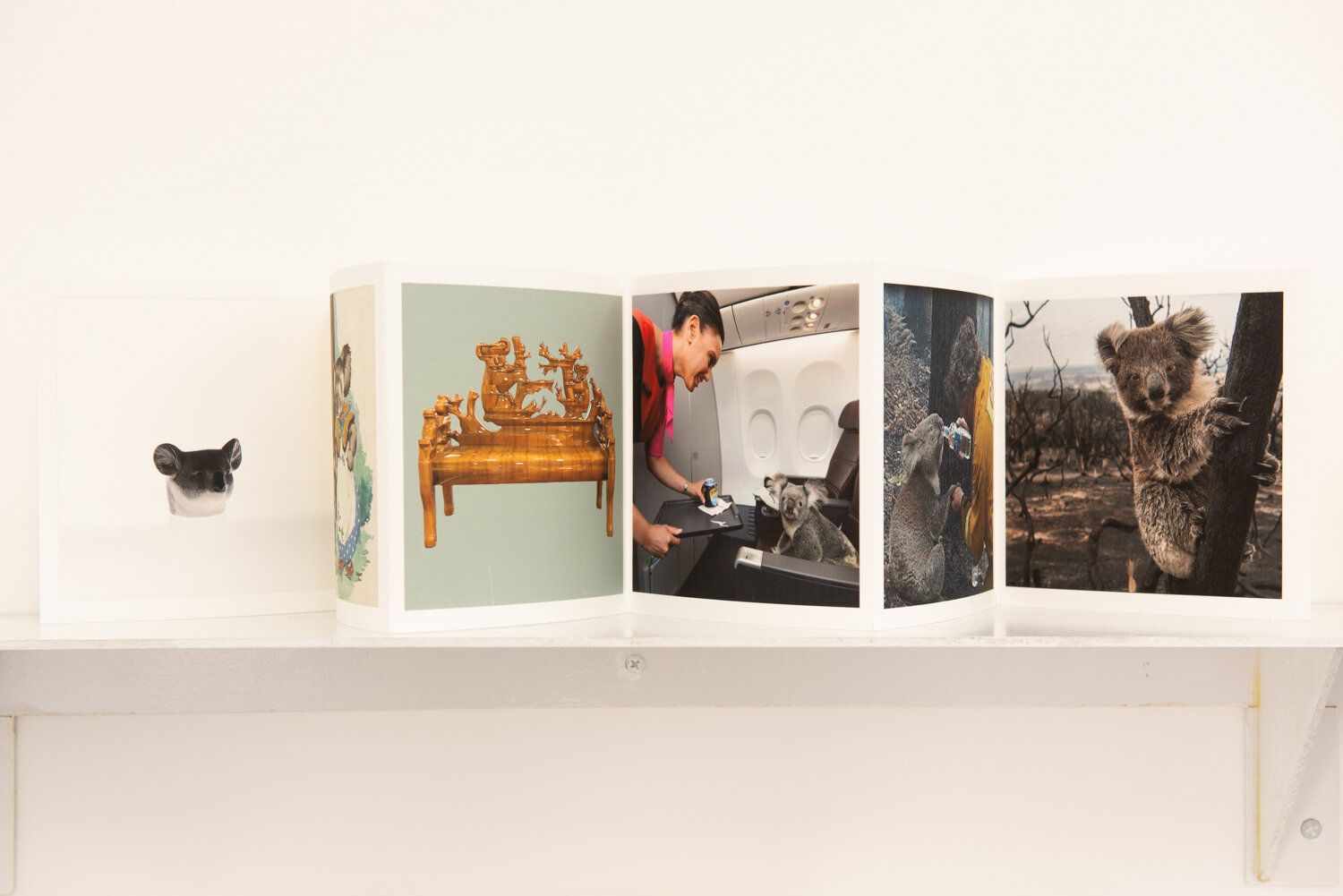



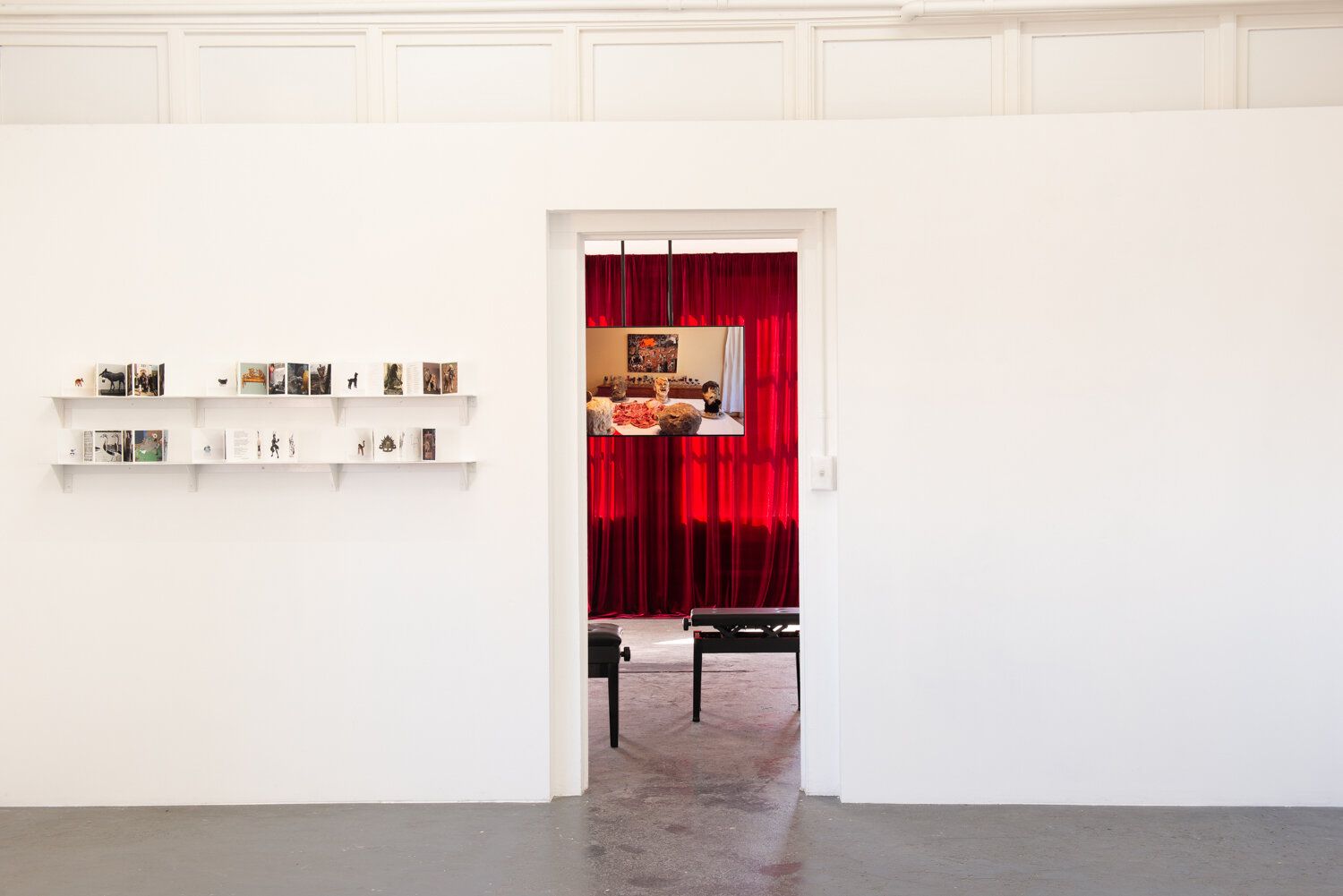



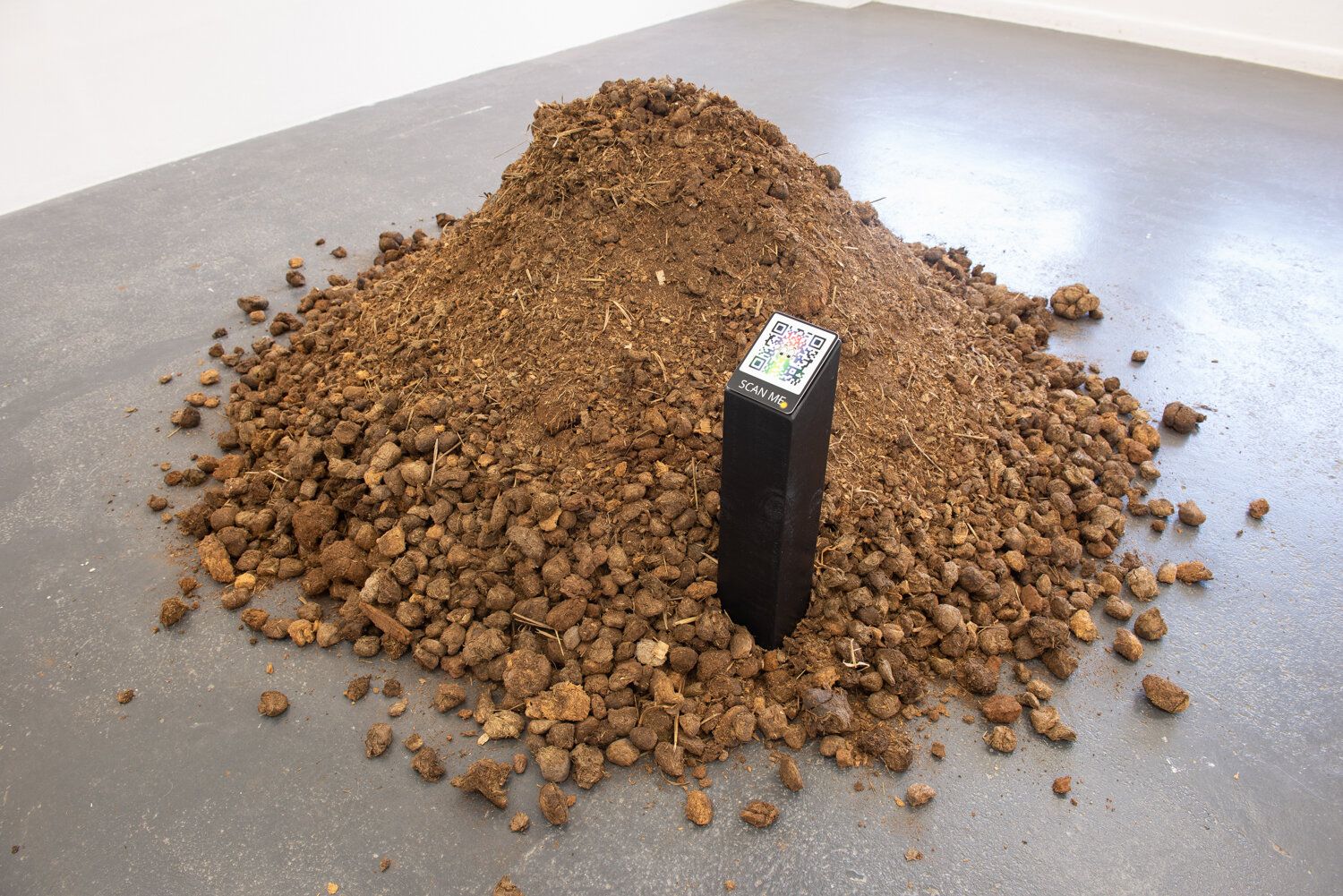

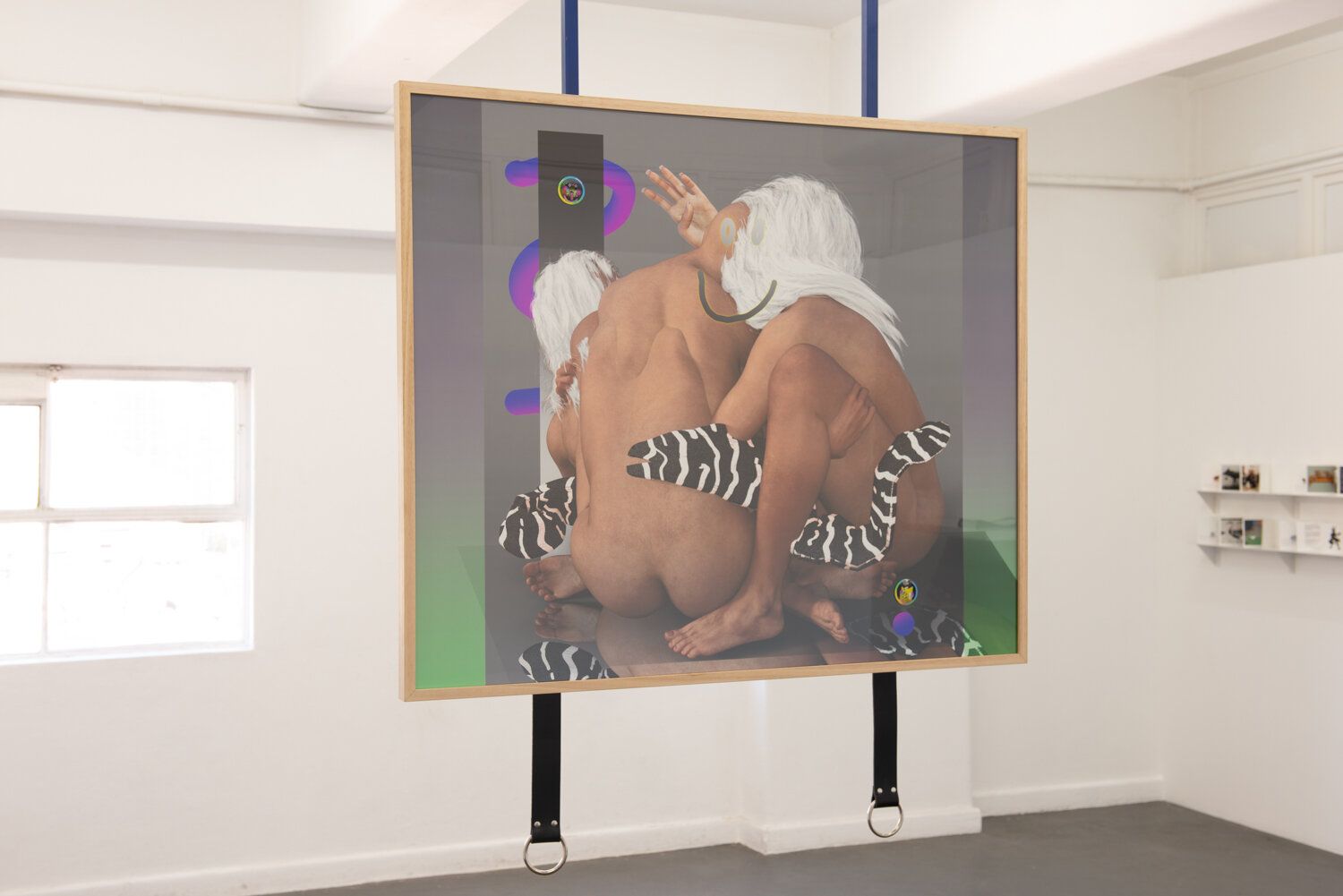

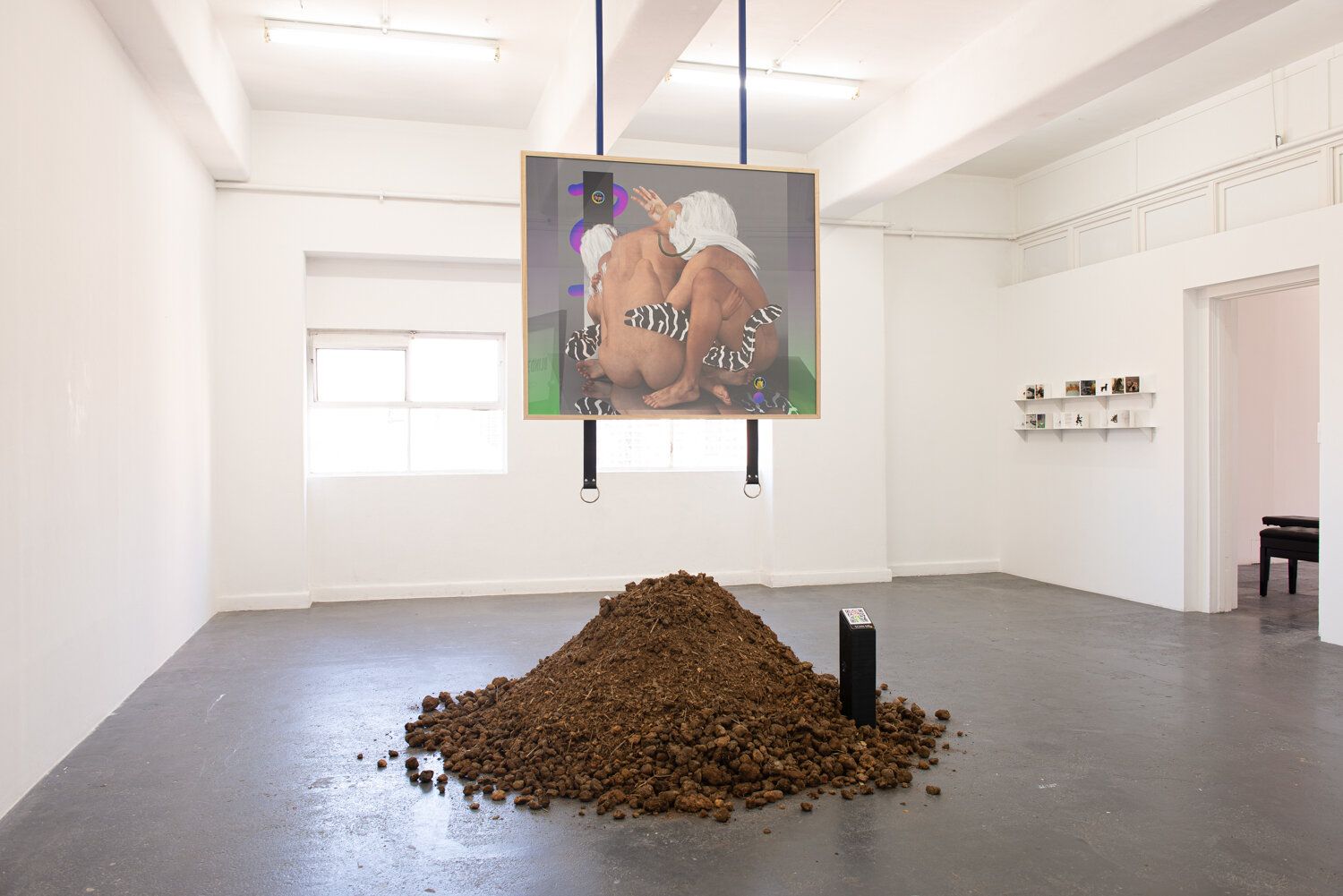

The works presented in Debut XVII: Made to Keep the Memory Alive explore notions of the monument, staging, performance, darkness and play. Blurring the boundaries between what is real and what is imaginary, the artists examine the precarity and absurdity of personal experience.
This program takes place on the land of the Wurundjeri people of the Kulin Nation. We recognise that sovereignty was never ceded - this land is stolen land. We pay respects to Wurundjeri Elders, past, present and emerging, to the Elders from other communities and to any other Aboriginal or Torres Strait Islanders who might encounter or participate in the program.
Ponch Hawkes is a Melbourne-based photographic artist whose work has been widely exhibited and published in Australia. A significant part of Hawkes’ output is documentary, and a commentary on Australian society and cultural life since the 1970s. In her work she considers topics such as: the body and movement; sport; circus and theatre; the environment and community; and relationships—with a feminist purpose. Hawkes is a self-taught photographer and attended art school for the first time in her 70s, having graduated from Latrobe College of Art & Design in 2020.
Nina Sanadze’s artistic practice is dedicated to peacebuilding, often including narratives built upon personal stories from within the experience of conflict; a wall of remembering that acts as a fortification against repeating histories. Presenting appropriated original artefacts, blunt replicas or films as witnesses and evidence, she seeks to re-examine grand political narratives from a diametric personal position. Deploying any appropriate medium, Sanadze’s work responds to the most immediate socio-economic and political global developments with urgency. Described as “conceptual art dressed in classical form” her projects manifest themselves as sizeable installations and social practice.
Kurt Medenbach is a Naarm/Melbourne-based multidisciplinary artist who explores the intersections of identity and technology. Originally a sound artist, their installation-based practice has now expanded towards all senses. The work bridges those gaps between the digital and the physical. Employing a dissociated sense of time — they have a particular interest in the fragmented temporality that exists in contemporary digital spaces, especially the internet.
Levi Franco makes work that examines the roles of different professions in an endeavour to create scenes that question whether the work is a documentation or invention. Inspiration is drawn from the working roles of different people as well as his own memories and experiences from working different jobs over the years. These roles are explored by removing the subjects from their traditional context and then placing himself in their position. The scenes created extract the environment of the specific venue or workplace from its primary situation and place it inside the gallery space in a state of transposition.
Josephine Mead is a visual artist, curator & writer, residing on Wurundjeri woi-wurrung Country. She works through photography, sculpture, installation and writing to explore personal notions of support. Her recent work has positioned female family members as support-structures, considered the body as a site of discursive practice, explored notions of deep listening; examined the temporal and sonic nature of writing and photography; and charted notions and experiences of queer-love.
She has exhibited in many solo and group exhibitions, in Australia and abroad. She has undertaken residency programs in rural Victoria (The Macfarlane Fund), Mexico (Arquetopia Foundation), Portugal (Córtex Frontal), Turkey (Tasarim Bakkali TAB) and Germany (ZK/U). She was an inaugural Room to Create studio artist at Collingwood Yards. She co-founded Co- Publishing (with Christine McFetridge) in 2020 and was a founding Artistic Director of MILK Gallery in 2022. In 2023 she participated in the Writing in the Expanded Field program through the Australian Centre for Contemporary Art (ACCA). She was Chair of Artistic Directors for Blindside Gallery from 2020-2022 and re-joined the Blindside team as Community Coordinator in 2024.
Chloé Hazelwood is a curator, arts writer and arts manager living and working on the traditional lands of the Wurundjeri people of the Kulin Nation.
Related
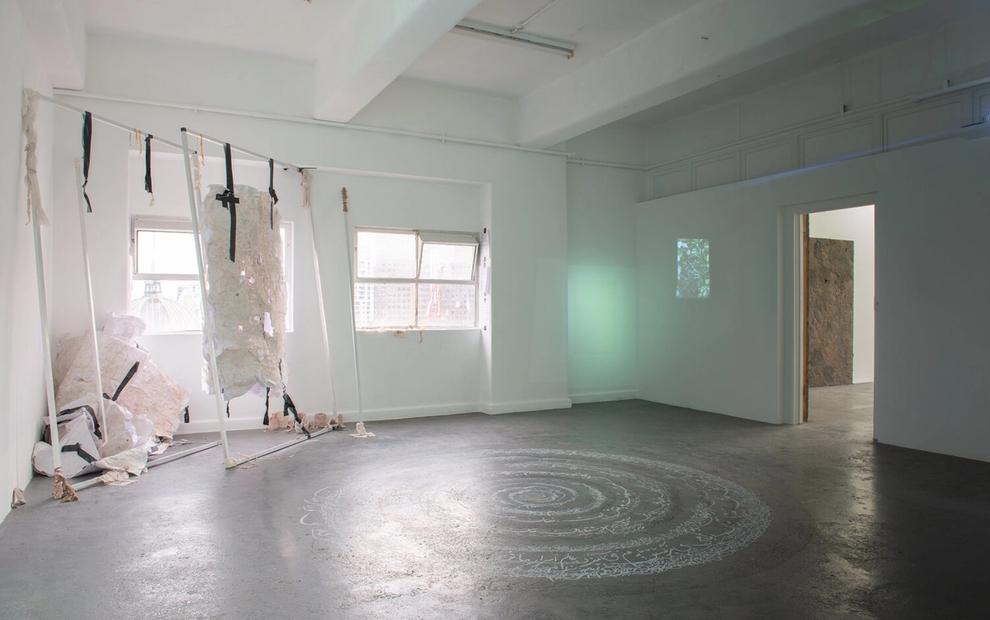
6–22 Feb 2020
Debut XVI: To Love it All Again
Farnaz Dadfar, David Green, Edwina Green, Daniel R Marks, Juan Rodriguez Sandoval, Tina Stefanou, Sarah Ujmaia, Stephanie Symington

14 Feb–2 Mar 2019
Debut XV
Lauren Gostin, Andre Franco, Erin Hallyburton, Grace Carver, IchikawaEdward, Paris Fontana, Yvette James
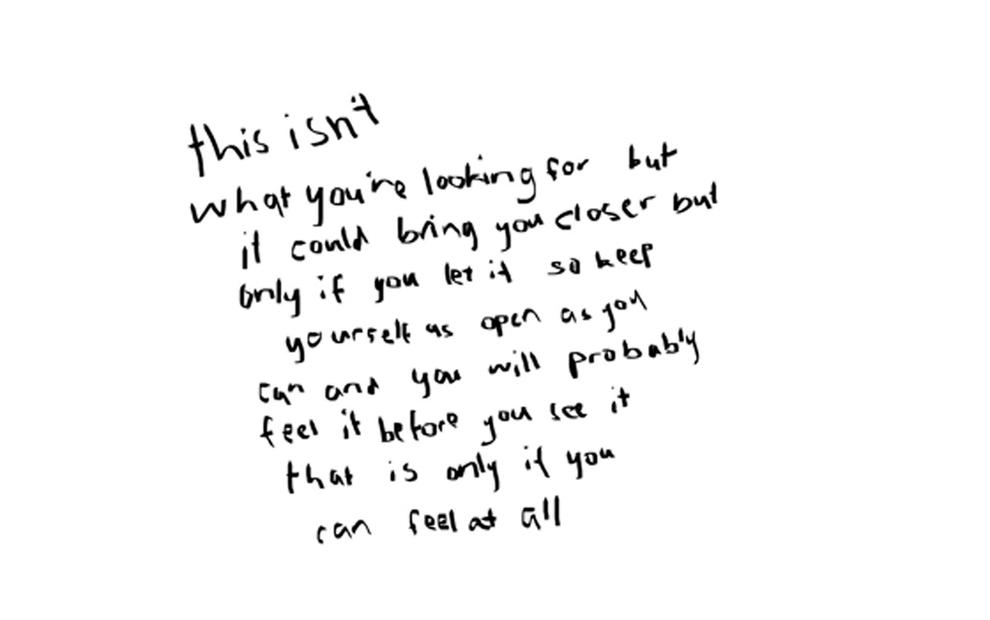
14 Feb–3 Mar 2018
Debut XIV: Like Mist I am Neither the Sea, Nor the Sky
Madeleine Thornton-Smith, Josephine Mead, Tori Lill, Daniel Stephensen
















